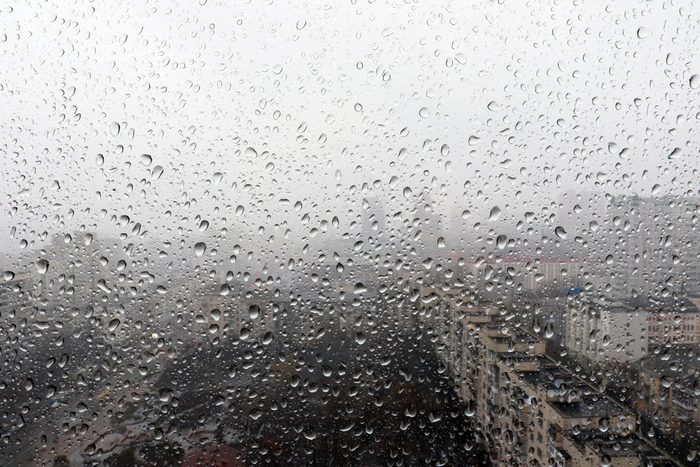
The tragic scope of child abuse
Every year more than three million reports of child abuse are made in the United States, according to ChildHelp. Child abuse is when a parent or caregiver—whether through action or failure to act—causes injury, death, emotional harm, or risk of serious harm to a child. Forms of child maltreatment include neglect, physical abuse, sexual abuse, exploitation, and emotional abuse. It is often correlated with domestic violence situations. It is important that everyone in a child’s life be able to recognize the possible signs of abuse or neglect, so kids in these situations can be removed from harm’s way.

Bruised stomach
Physical abuse often happens on body parts you wouldn’t expect, such as the stomach or back of the legs. Bruises may be symmetrical. They may look like a belt buckle, handprint, or cigarette burn. Kids may be dressed in unseasonable clothing to hide such marks. It is important not to jump to conclusions based just on clothing, however, as kids don’t always want to dress for the weather. “Don’t be trigger happy and call authorities without ‘reasonable suspicion,'” says Fran Walfish, PsyD, (Dr. Fran), a child, couple, and family psychotherapist in private practice in Beverly Hills and author of The Self-Aware Parent: Resolving Conflict and Building a Better Bond with Your Child.
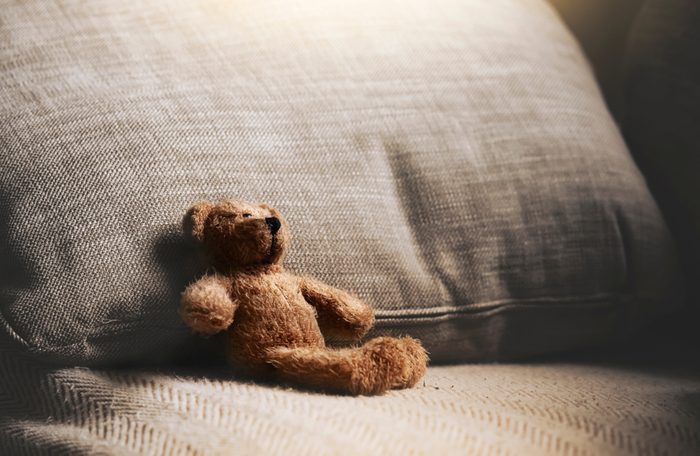
Acting out abuse through play
Very young children often haven’t developed the language skills to tell their story, so they may use play to help them communicate, process, and come to terms with what they’re seeing or experiencing. While playing house, the child who is playing “daddy” may say: “You’re a bad girl; I’m going to smack you.” Or the child playing the sister may say: “Mommy don’t use the belt on me. I’ll be good.” These are red flags. Sometimes a child may use dolls or stuffed animals to show what’s been done to them; for example they may spank a doll with a stick or throw the doll against the wall. These are also red flags. “Young children often process their real lives through reenactment and role play,” says Betsy Brown Braun, a child development and behavior specialist, author of two best-selling parenting books, and founder of Parenting Pathways. “It’s their effort to have mastery over what may have been emotional or difficult for them.

Bedwetting
When kids are experiencing abuse, they may regress when it comes to behaviors they had once mastered. A child who had learned to go the bathroom on his own but is suddenly wetting the bed at night or having accidents during the day may be a victim of child abuse. They’re regressing to a time when they felt safe. “If a child victim of abuse regresses by daytime or nighttime wetting, it’s a sign of the child letting go of, or releasing, extreme levels of anxiety,” says Dr. Walfish. She cautions that you want to be sure that the child had been dry without an accident for a consistent and sustained time before leaping to conclusions. And also make sure nothing else is going on at home that may be causing the regression, such as the arrival of a new sibling or a pending divorce.
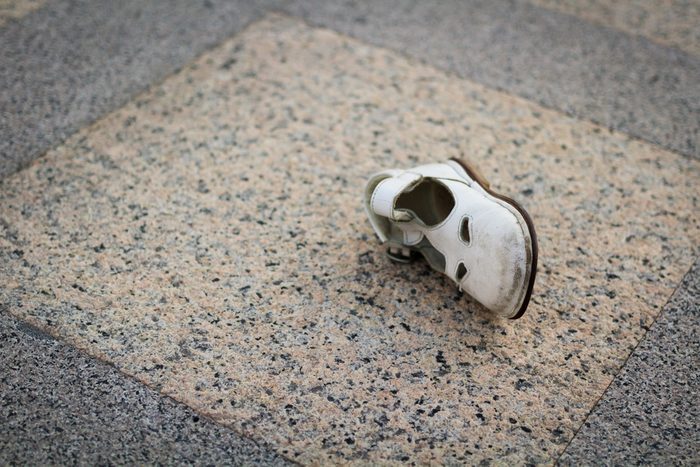
Knowing a lot about sex for their age
An abused child may have been exposed to sex in a way that they shouldn’t be. “A young child who has been consistently abused may not know that their experience is abnormal or inappropriate,” says Catherine Pearlman, PhD, LCSW, founder of The Family Coach and author of Ignore It!: How Selectively Looking the Other Way Can Decrease Behavioral Problems and Increase Parenting Satisfaction. So they may have a level of understanding of sex that’s inappropriate for their age—for example, a child who demonstrates or describes oral sex. “They show through their play, vocabulary, and interactions their advanced knowledge,” she says. They may place objects near a stuffed animal or doll’s private areas. They may know explicit terms related to sex or genitalia. It’s their way of processing and coping,” says Dr. Pearlman. When a child knows a lot about sex compared to other children their age, that’s a red flag.
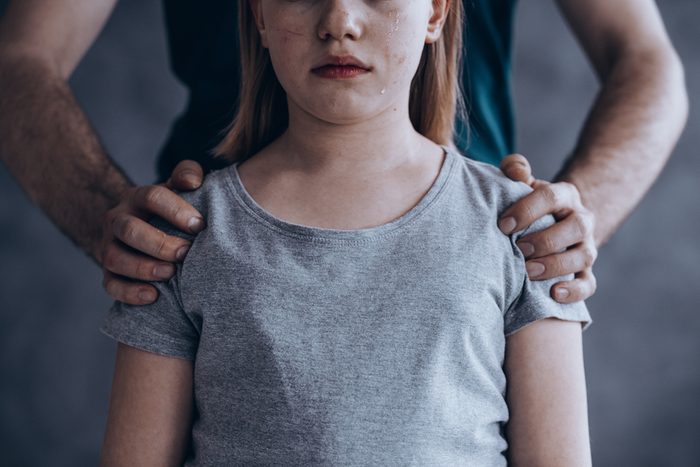
Touching people inappropriately
Kids who have been abused may lack boundaries when it comes to their body or other people’s. They may touch themselves, other children, or adults in a way that’s inappropriate and not seem conscious that it’s wrong. “They may think it’s normal to touch other people’s privates,” says Dr. Pearlman. “This includes both adults and children.”
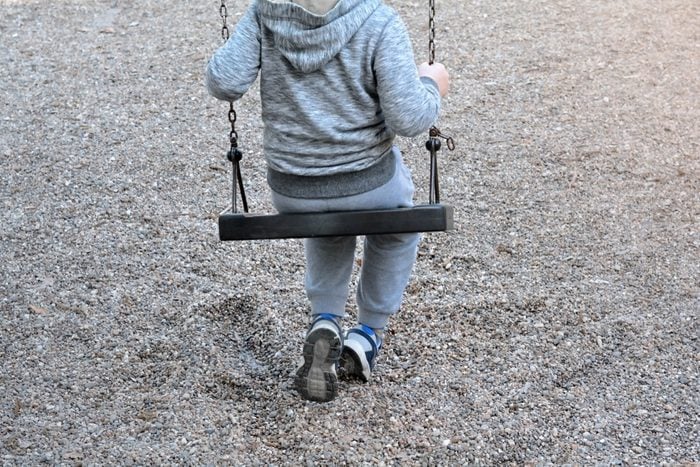
Avoiding a certain person or situation
Abused kids lack the awareness or sophistication to defend themselves when the abuse is happening, and they don’t know how to stop it from happening again. They may simply try to avoid their abuser. If a child stops wanting to visit a person or place they used to enjoy, that’s a red flag. Maybe they used to love going to school, but now suddenly they don’t want to go. Or they seem terrified of visiting a relative’s house, when they once loved going there. “The child may be trying to stay safe and escape the abuser,” says Dr. Pearlman. “Sometimes, children are conflicted because a parent may have a close relationship with the abuser. It makes it complicated to come forward. Or worse, the child did report something, but the parent didn’t believe the child due to the close relationship. In those cases, the child’s only defense is avoidance.”
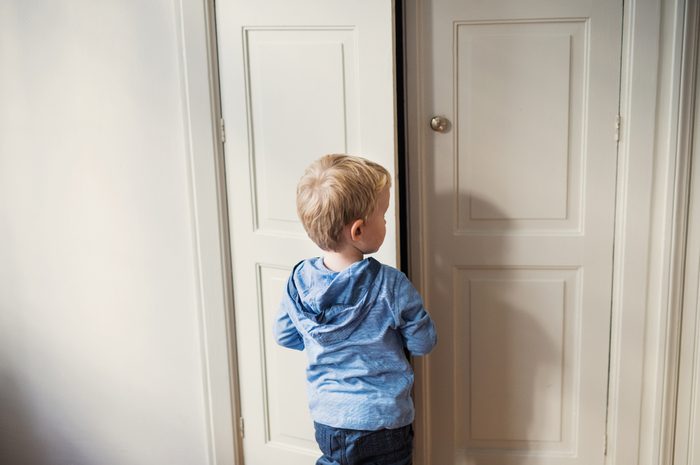
Withdrawn personality
Children who are reluctant to interact with others or who used to be more engaged may have experienced physical or emotional violence. Of course, not every child is outgoing; some kids are shy by nature. So, just being withdrawn isn’t a sign of child abuse. “Kids who’ve been abused may become mute, or refuse to speak,” says Dr. Walfish. A well-trained professional can evaluate what’s going on, figure out the cause, and ensure that parents aren’t wrongly accused of child abuse—which happened with this family.

Unable to concentrate on schoolwork
Children who have trouble focusing on their schoolwork may be diagnosed with attention-deficit/hyperactivity disorder (ADHD). Be aware that abuse or trauma can also make it hard for kids to pay attention in class or process information, leading them to fall socially and academically behind their peers. “If the abuse is something new, you’ll notice a change in behavior—where a child who was previously more focused is now having difficulty staying on task or completing assignments,” says Elizabeth Jeglic, PhD, a professor of psychology at John Jay College in New York and coauthor of Protecting Your Child from Child Abuse: What You Need to Know to Keep Your Kids Safe.
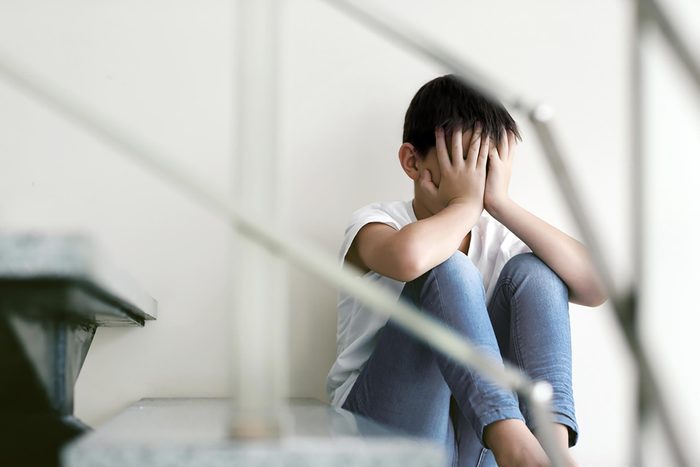
Drastic behavior changes
You may notice that a child has stopped eating and is losing weight. Or maybe he’s eating more than usual and gaining weight quickly. At night, a child who once slept soundly may be suddenly experiencing nightmares or insomnia, have trouble falling asleep, or not want to sleep alone. Maybe a child who used to love books now doesn’t care about reading, says Dr. Pearlman. “Changes in eating, sleeping, toileting, and general behavior are all ways children try to manage the emotional pain that accompanies the abuse,” says Dr. Pearlman.
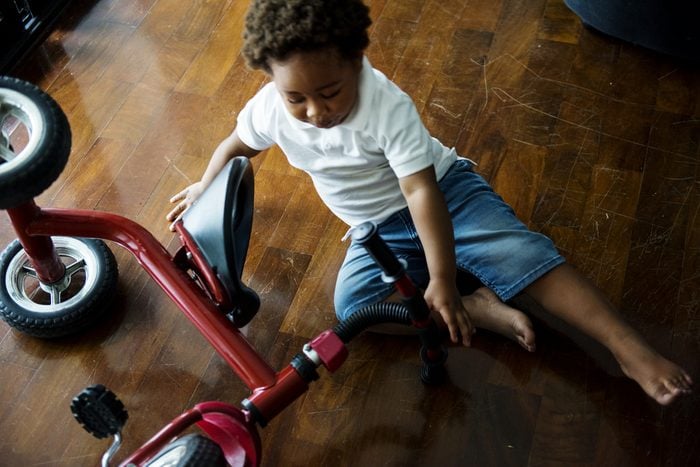
Low self-esteem
Victims of abuse may think that what has happened is their fault. They feel unworthy of love or help. “Abusers will often tell a child that the abuse is their fault, that they were the one who wanted it, or that their parents will be angry if they tell,” says Dr. Jeglic. “The abuser does this as part of the grooming process to avoid detection. However, it causes the child to feel that he’s responsible. He feels like he’s done something bad and he’s ashamed.” Only through working with other victims many years later as an adult, was this woman who survived child sexual abuse finally able to regain self-esteem and find peace.
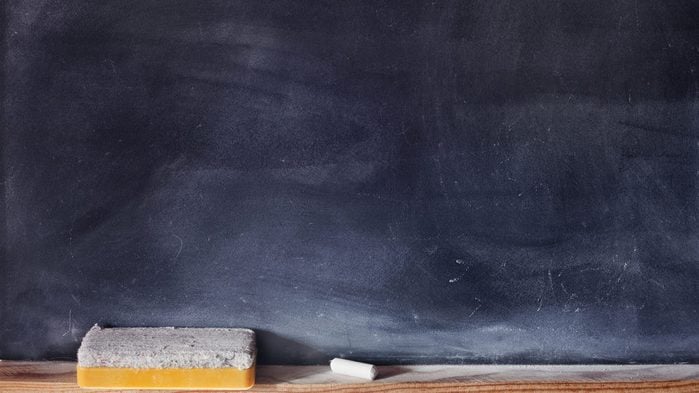
Delayed development
“Children who’ve been abused may not meet their milestones in a typical way,” says Dr. Pearlman. “Their development may be halted.” She says, for example, children deprived of food by their abuser can have chronic malnutrition that may lead to growth delays or failure to thrive. Their social development or academic achievement may be halted, she adds.
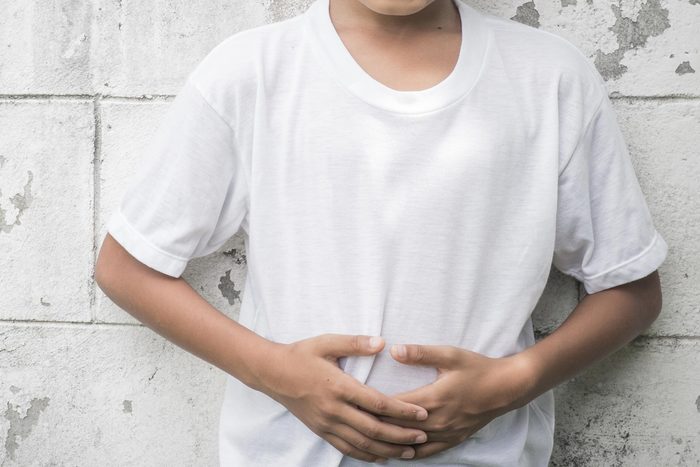
Often feeling ill
Some children will have physical symptoms as a result of abuse, says Dr. Jeglic. “You may see increased stomachaches, headaches, and generally not feeling well.” The symptoms may result from difficulty eating or sleeping, which can lead to aches and pains. When you see an increase in symptoms like these, that can be a red flag. The abuse may not always be coming from an adult. Even peer to peer teasing that’s intended to be playful can cross the line and become hurtful. Watch for subtle signs that your child may be being bullied.